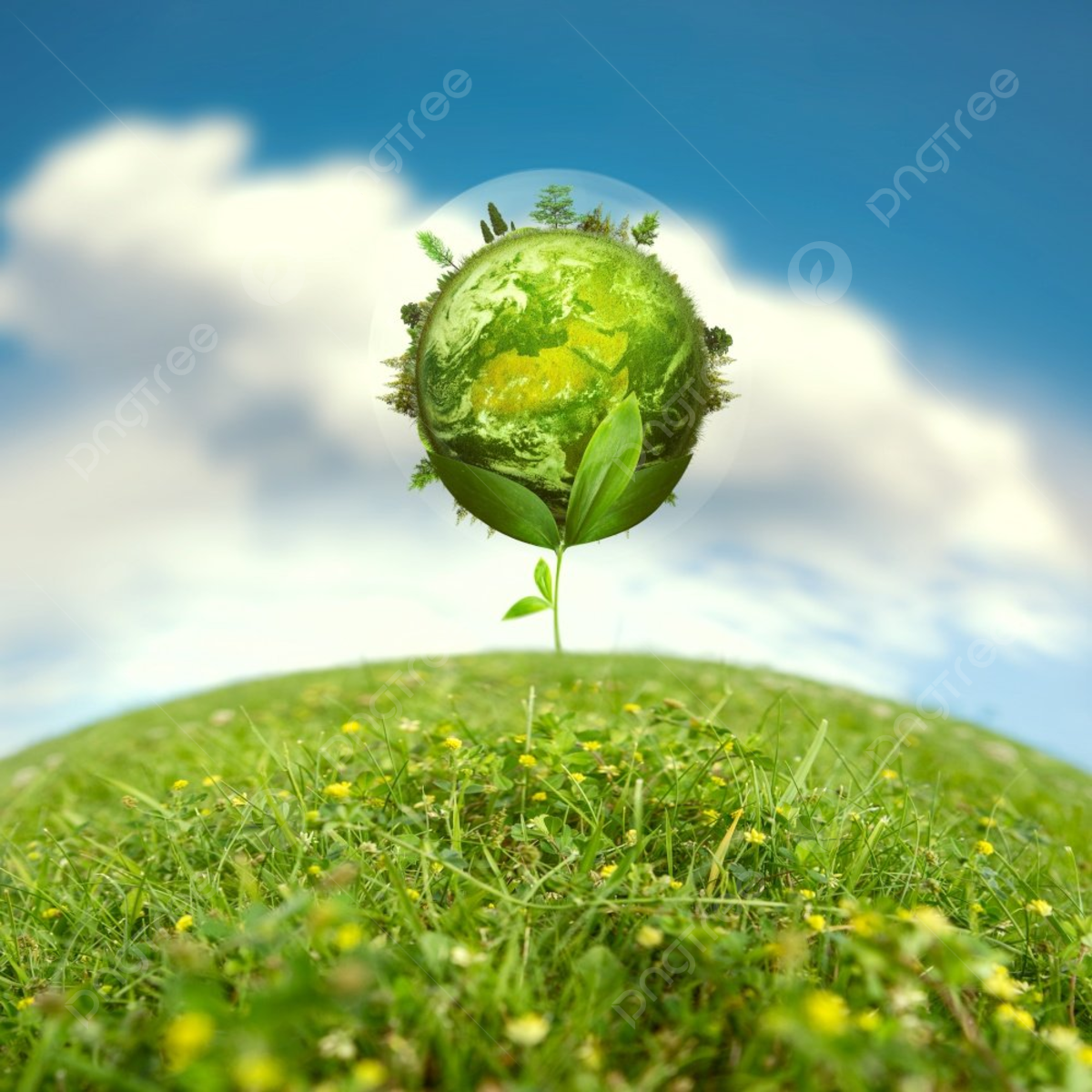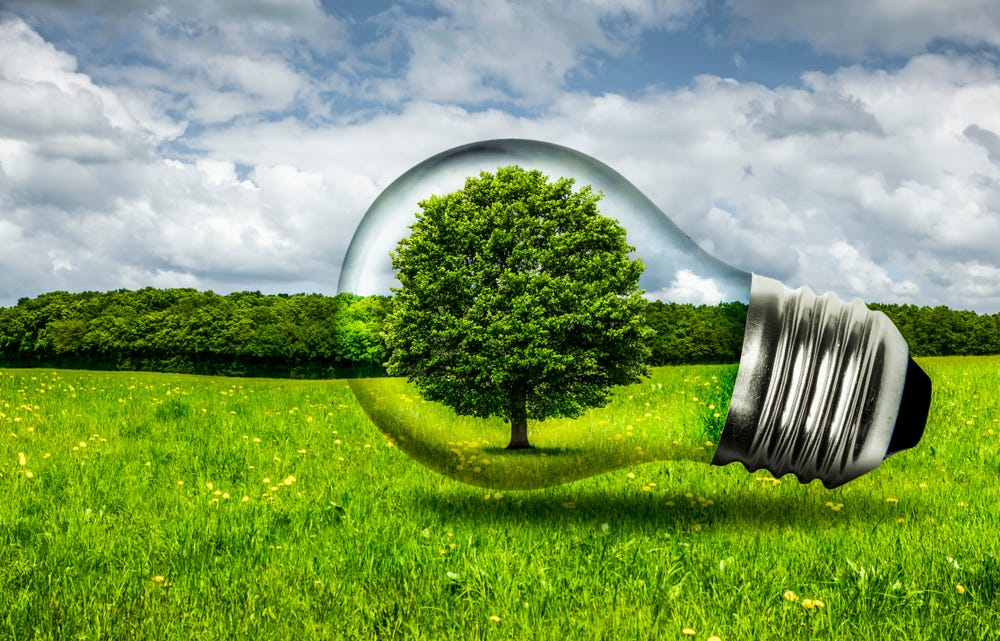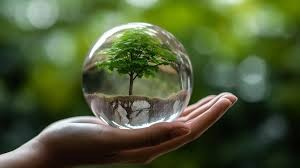
As global water demand rises and climate change continues to threaten freshwater supplies, innovative eco-friendly water solutions are emerging as the answer to a growing crisis. Around the world, governments, startups, and environmental organizations are turning to sustainable water technologies that conserve, recycle, and purify water without harming the environment. These solutions offer long-term benefits not only for the planet but also for people’s health, agriculture, and urban life.
In this article, we explore the top eco-friendly water innovations transforming the way we manage water in 2025, from rainwater harvesting systems and smart irrigation to solar-powered desalination and greywater recycling.

Water scarcity already affects over 2 billion people globally, according to the United Nations. With the population expected to hit 9.7 billion by 2050, the demand for clean water will only increase. At the same time, traditional water infrastructure such as dams and energy-intensive treatment plants can contribute to carbon emissions and environmental degradation.
Eco-friendly water solutions aim to solve this by using clean energy, reducing waste, reusing resources, and lowering water consumption. These methods are especially crucial in arid regions, urban cities with overpopulation, and rural areas lacking reliable access to clean water.
One of the most accessible eco-friendly water strategies is rainwater harvesting. This involves collecting and storing rainwater from rooftops or paved surfaces for later use. While the practice is centuries old, today’s systems come with advanced filters, UV purification, and smart sensors that make them safer and more efficient.
Countries like Australia and India have encouraged rainwater harvesting in residential and commercial buildings to reduce reliance on municipal supply and ease pressure on groundwater sources. In urban homes, this harvested water can be used for flushing toilets, gardening, or even drinking after proper treatment.
Agriculture consumes more than 70% of the world’s freshwater. Traditional irrigation methods waste a large portion of this water due to evaporation and runoff. Smart irrigation systems—powered by AI, sensors, and satellite data—are changing the game.
These systems monitor weather conditions, soil moisture, and crop needs in real time to deliver precise amounts of water only where and when it is needed. This not only conserves water but also increases crop yields and lowers costs for farmers. Companies like Netafim and Rachio have developed popular smart irrigation solutions used across farms and even in home gardens.
Greywater refers to lightly used water from sources like showers, sinks, and laundry machines. Instead of letting this water go down the drain, eco-friendly greywater recycling systems filter and repurpose it for non-drinking uses like flushing toilets or watering landscapes.
In cities facing water shortages, greywater recycling is becoming more common in both residential and commercial buildings. Countries such as Singapore and Israel have made such systems part of their national water conservation strategies. Greywater solutions can cut a household’s water use by up to 40%, according to experts.
Desalination—the process of turning seawater into freshwater—is critical in water-scarce coastal regions. However, traditional desalination consumes vast amounts of electricity, often from fossil fuels. Solar-powered desalination is an eco-friendly upgrade that uses renewable energy to power the process.
New technologies, such as solar stills and membrane distillation, are now capable of providing clean drinking water without producing greenhouse gases. Pilot programs in countries like Saudi Arabia, Chile, and the UAE are showing promising results, especially in remote areas where the sun is plentiful, but freshwater is not.
Imagine pulling clean water straight from the air. That’s exactly what atmospheric water generators do. These devices capture humidity and condense it into drinkable water, powered often by solar or wind energy.
Although currently more expensive than other methods, AWGs are gaining popularity in disaster relief areas, military operations, and off-grid communities. As technology advances, they are expected to become more affordable and widely adopted as a zero-impact water source.
At the consumer level, everyday choices also contribute to sustainable water use. Reusable water bottles, made from biodegradable or recycled materials, help reduce plastic waste. Portable water purifiers and gravity-fed filtration systems allow people to safely drink tap or river water without relying on bottled alternatives.
Brands like LifeStraw, Soma, and Hydaway are offering stylish and functional products that support a low-impact lifestyle, proving that eco-friendly solutions can also be convenient and affordable.
Many governments are now offering incentives, tax benefits, and subsidies for adopting eco-friendly water solutions. Cities like Cape Town, Los Angeles, and Singapore have developed public campaigns encouraging water recycling and conservation at the household level.
Non-profit organizations are also playing a vital role. Groups like Water.org and Charity: Water work with communities in developing nations to install solar pumps, rain tanks, and other green water infrastructure.

Despite their benefits, eco-friendly water solutions face several challenges. High upfront costs, limited public awareness, and regulatory hurdles can slow down adoption. In some places, outdated infrastructure and lack of technical expertise make implementation difficult.
However, as climate pressure increases and water crises become more frequent, the demand for scalable, sustainable water solutions is expected to grow sharply. With better policy support and continued innovation, these barriers can be overcome.
Eco-friendly water solutions are no longer just a dream for the future they’re a necessity for the present. From smart homes and urban buildings to rural farms and remote islands, these technologies offer hope for a more sustainable water future.
As individuals, businesses, and governments unite to rethink water use, the world inches closer to a greener, more resilient planet one drop at a time.
Read More:- Shobha Realty Launches Its Most Luxurious Project Yet—Full Details Inside 2025
